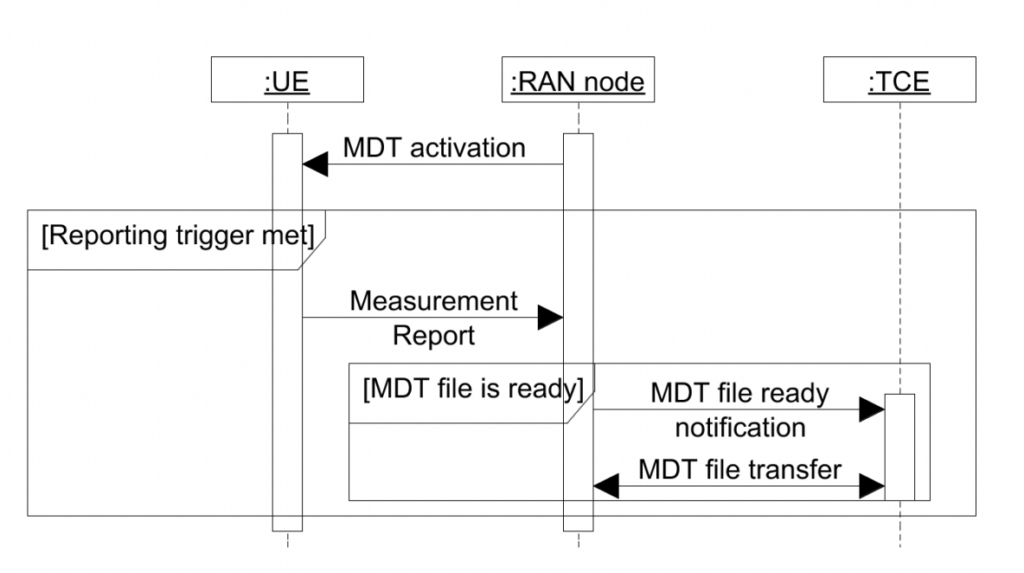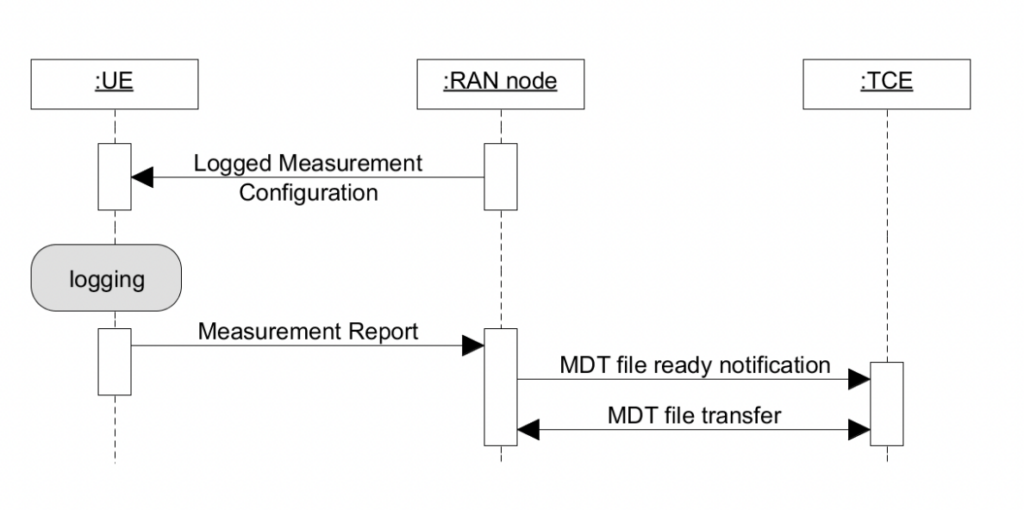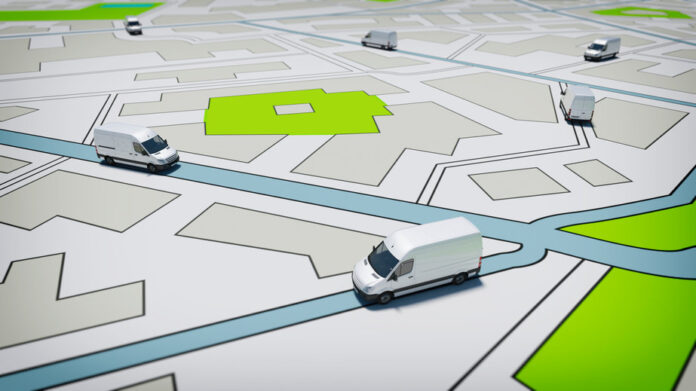The MDT solution taps user equipment (UE) to collect field measurements
Introduced in 3GPP Rel-10, Minimization of Drive Test (MDT) is a standardized mechanism designed to enable operators to use user devices in a network to collect mobile network data, and thus, reduce the need for traditional drive tests, which are associated with high costs and time commitments and only provide a partial view of a network as testing is limited to locations with vehicle access.
The MDT solution, on the other hand, taps user equipment (UE) to collect field measurements, including radio measurements and location information.
Advantages of MDT
The MDT can be used in 3G, 4G and 5G networks, and because it relies on affordable mobile devices to measure network data, reduces operational efforts, increases network performance and quality, and decreases maintenance costs for operators.
More specifically, the 3GPP defined the following requirements for MDT:
- The operate shall be able to configure the UE measurements independently from the network configuration.
- The UE reports measurement logs at a particular event (e.g. radio link failure).
- The operator shall have the possibility to configure the logging in geographical areas.
- The measurements must be linked with information which makes it possible to derive the location information.
- The measurement shall be linked to a time stamp.
- The terminal for measurements shall provide device type information, for selecting the right terminals for specific measurements.
- The MDT shall be able to work independently from SON.
MDT functionalities
There are two MDT functionalities: Immediate MDT and Logged MDT. Immediate MDT functionality refers to the measurements performed by the UE in connected stated, while Logged MDT occurs when the UE is in idle mode. In the former, then, the state and reporting of the measurements are made available at the time of reporting, while in the later, the measurements are logged and reported at a later point in time.


The 5G future of MDT
MDT solutions, and positioning capabilities more broadly, as 5G deployment continues. 5G New Radio (NR), like LTE, supports network-based positioning where the measurements are reported by the base stations and/or UE. However, in NR, Nokia detailed in a white paper, UE-based positioning was introduced for downlink techniques. “This is where the user calculates the position estimate based on the self-conducted measurements in conjunction with base station locations, which are provided to the user by the network,” explained Nokia.
While positioning for emergency calls was the focus of Rel-16, Nokia claimed that for Rel-17, this focus will shift to use cases are related to Industrial IoT (IIoT). Enhancements to positioning standards include improved accuracy, latency reductions, positioning integrity and scalable and efficient solutions.
“Beyond Rel-17, and even as 6G takes shape, it is very likely that even further enhancements and expansions of NR positioning will be developed, and positioning and location awareness will be a core feature of these future networks,” stated Nokia. “Releases 16 and 17 have enabled an exciting baseline of solutions that will continue to be improved to address the expanding 5G ecosystem.”

